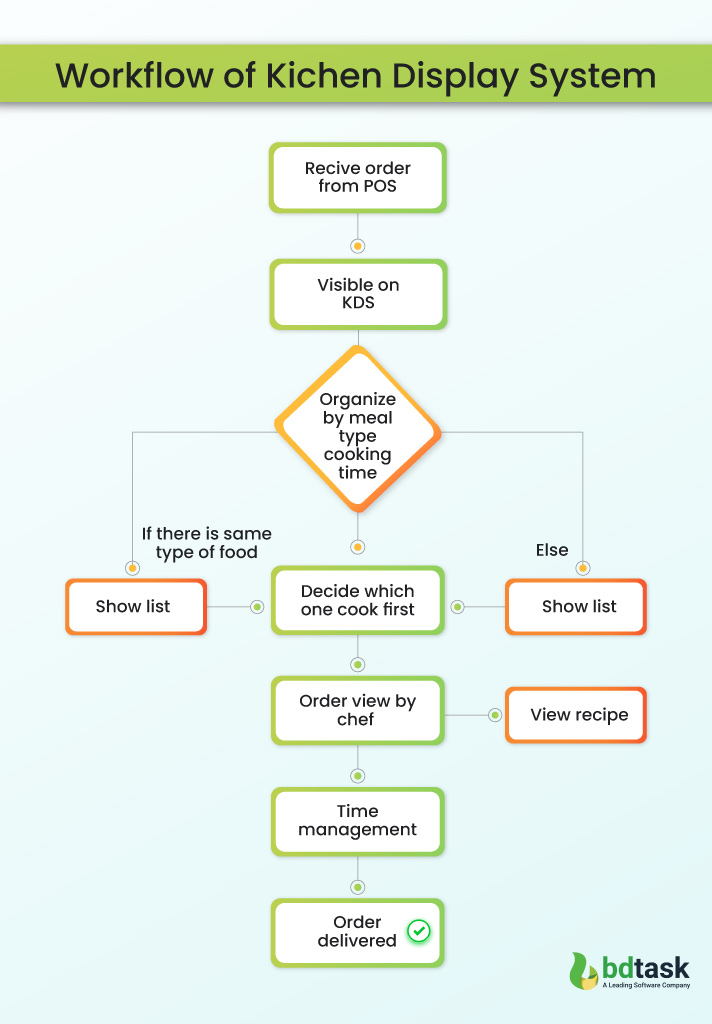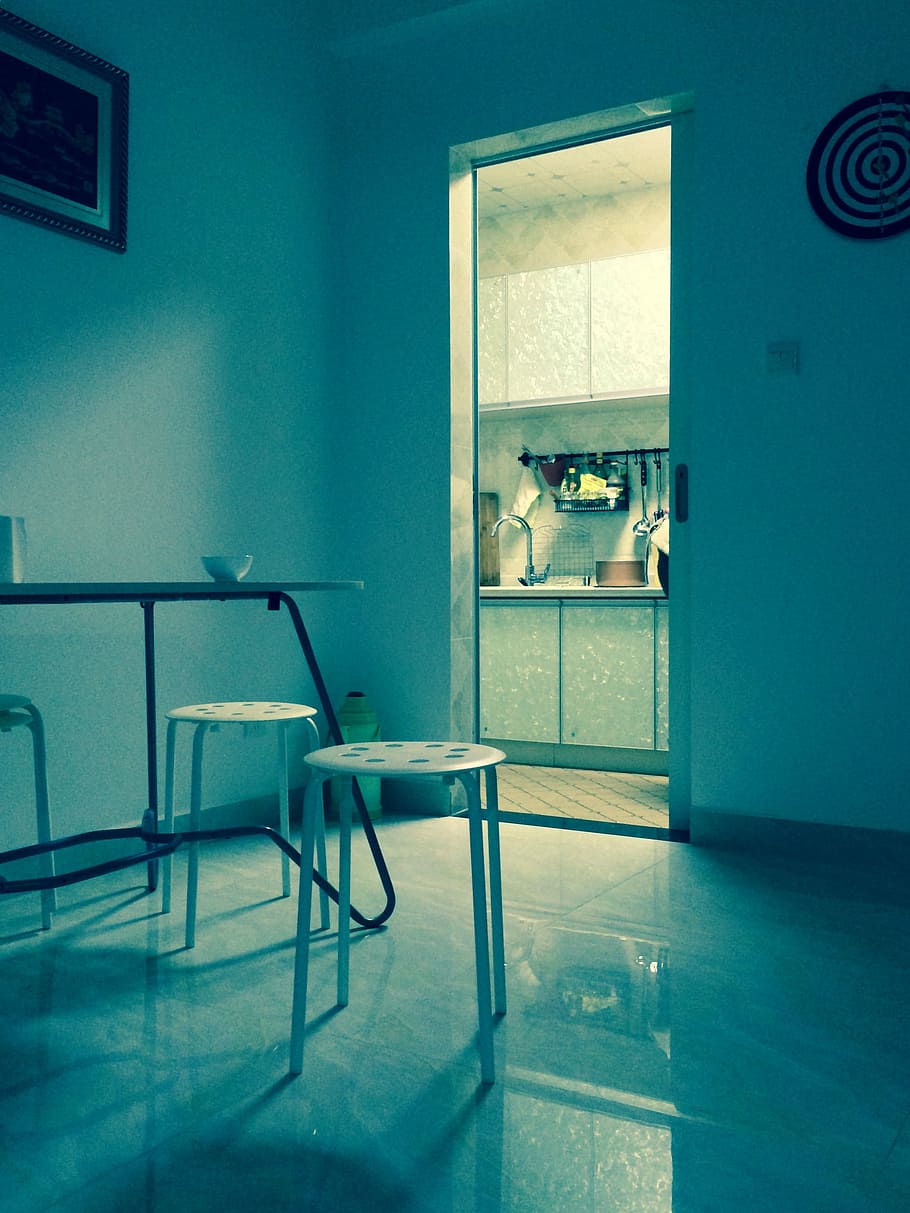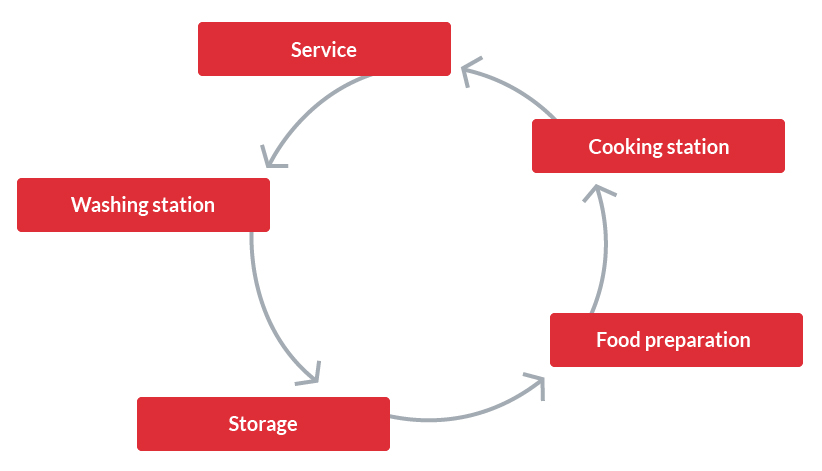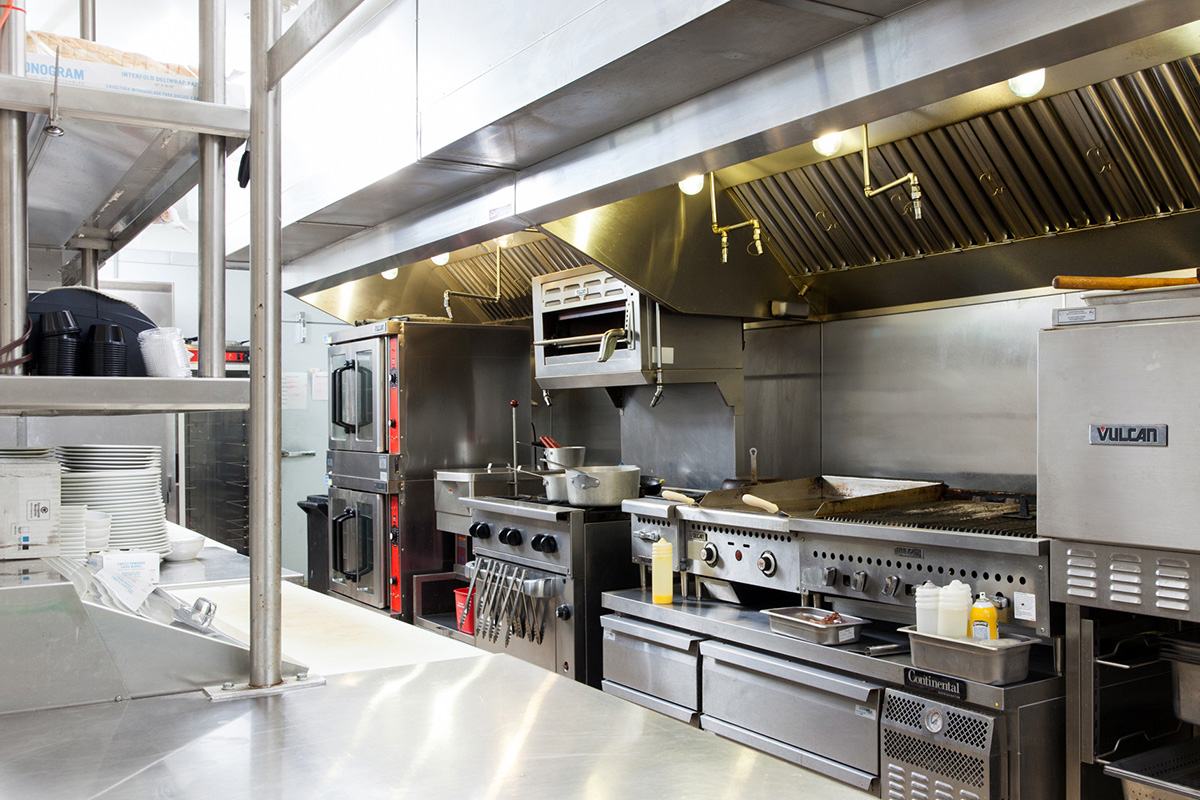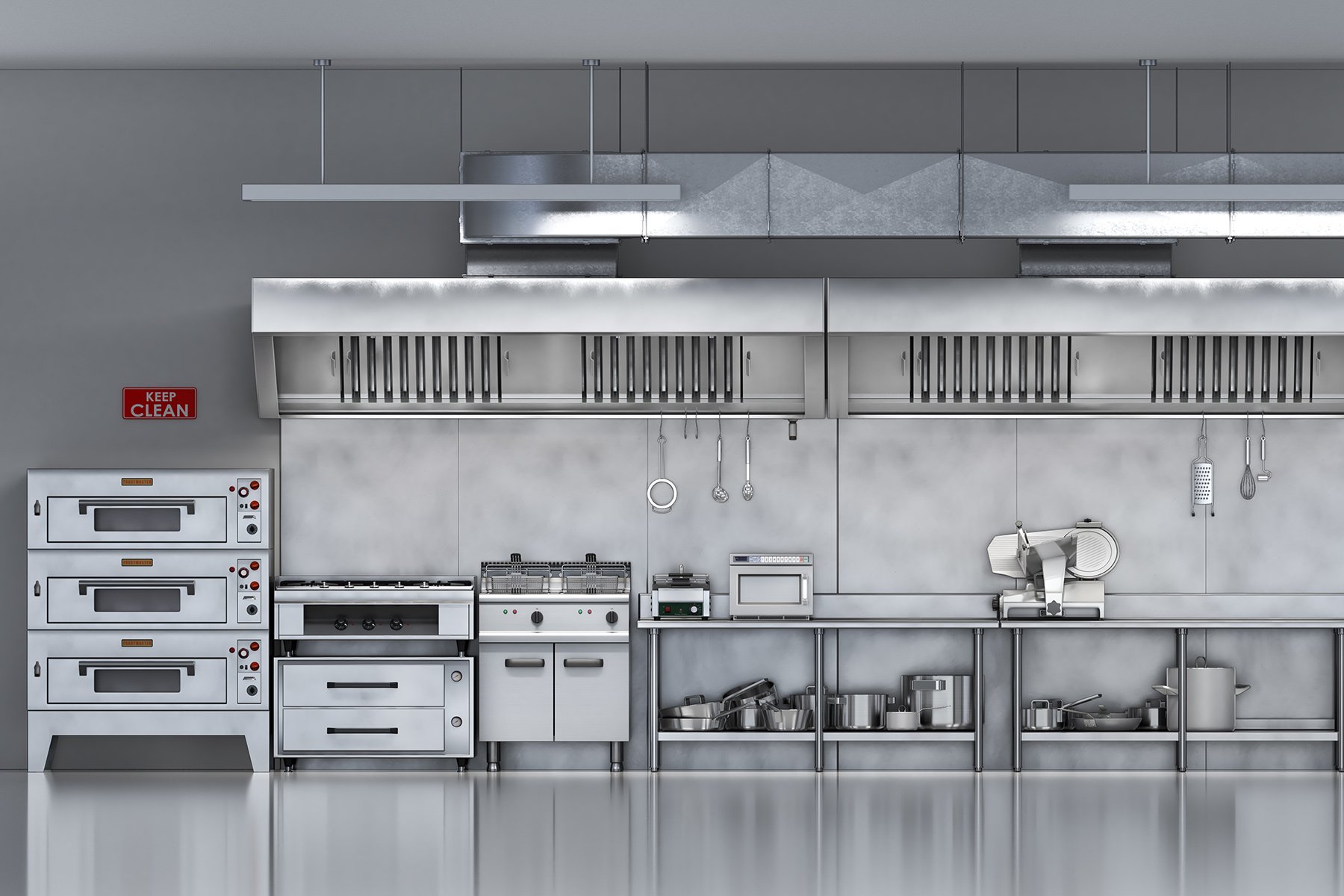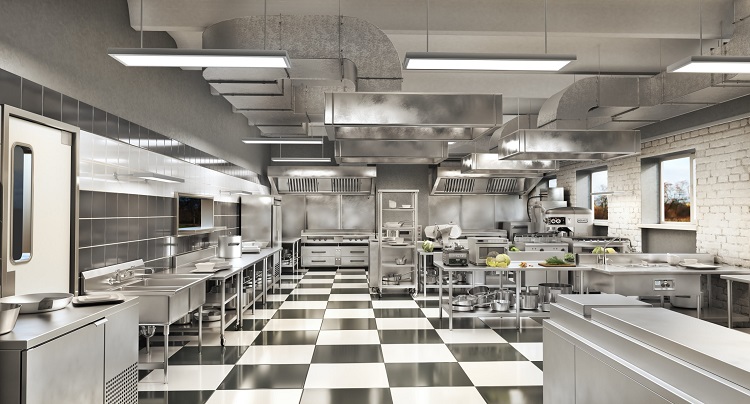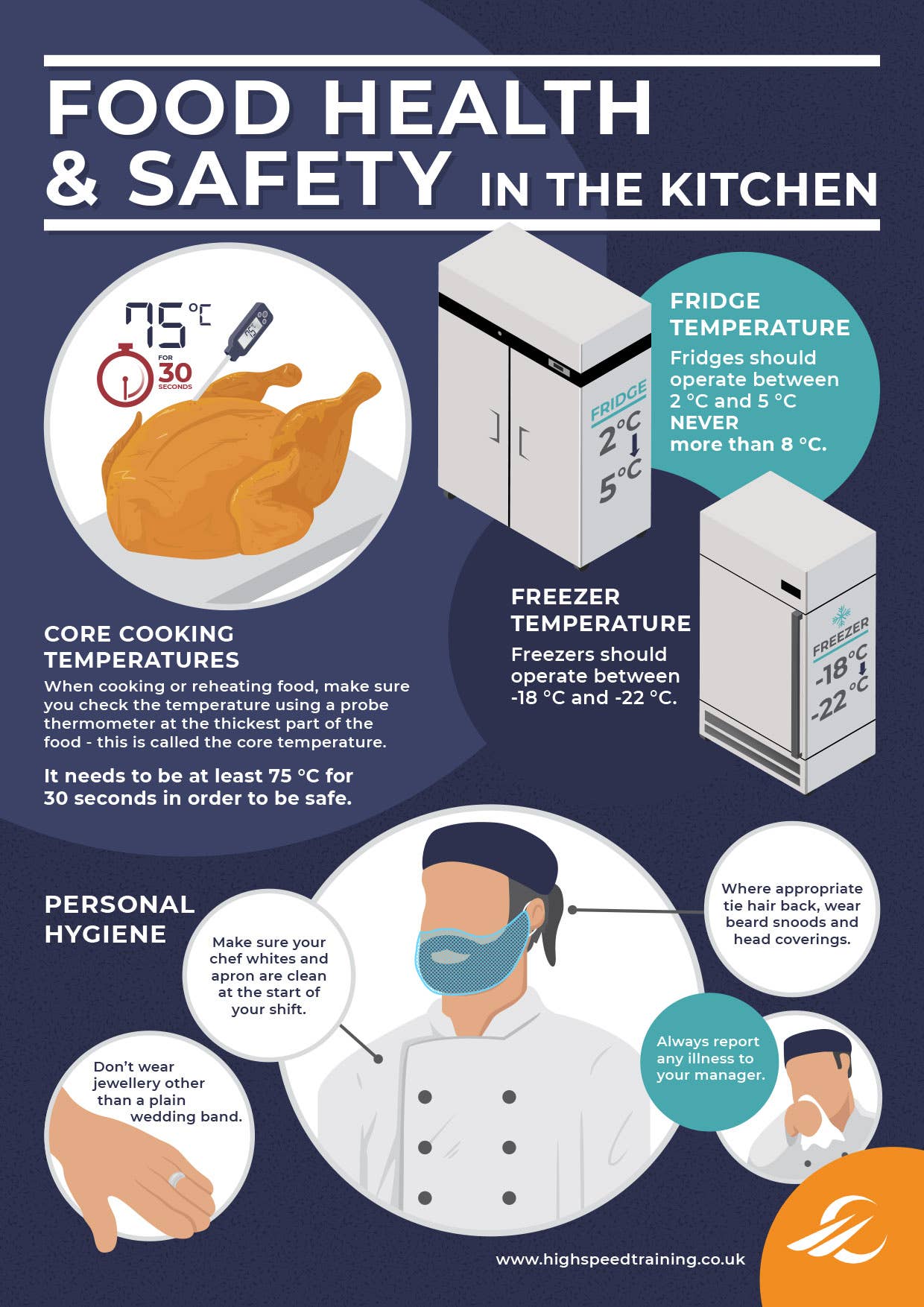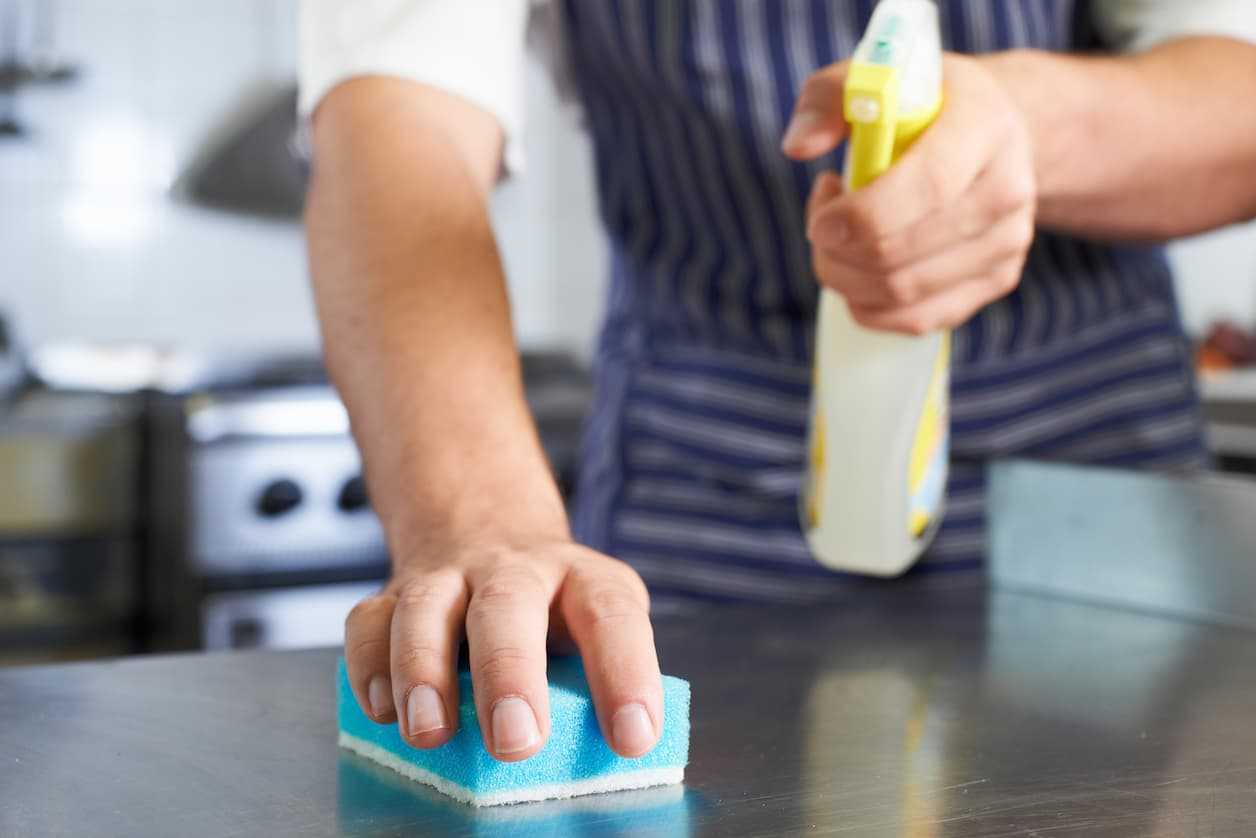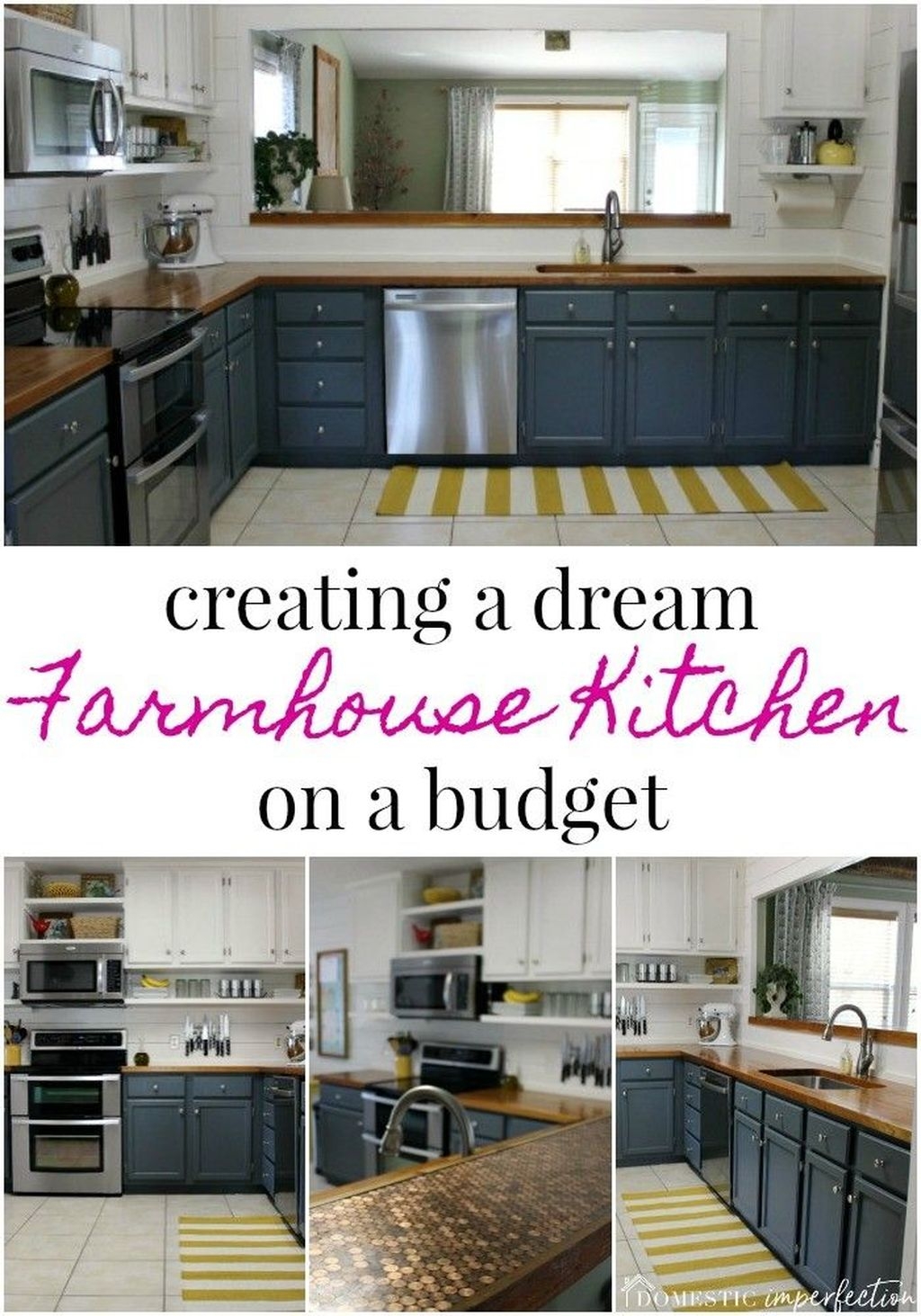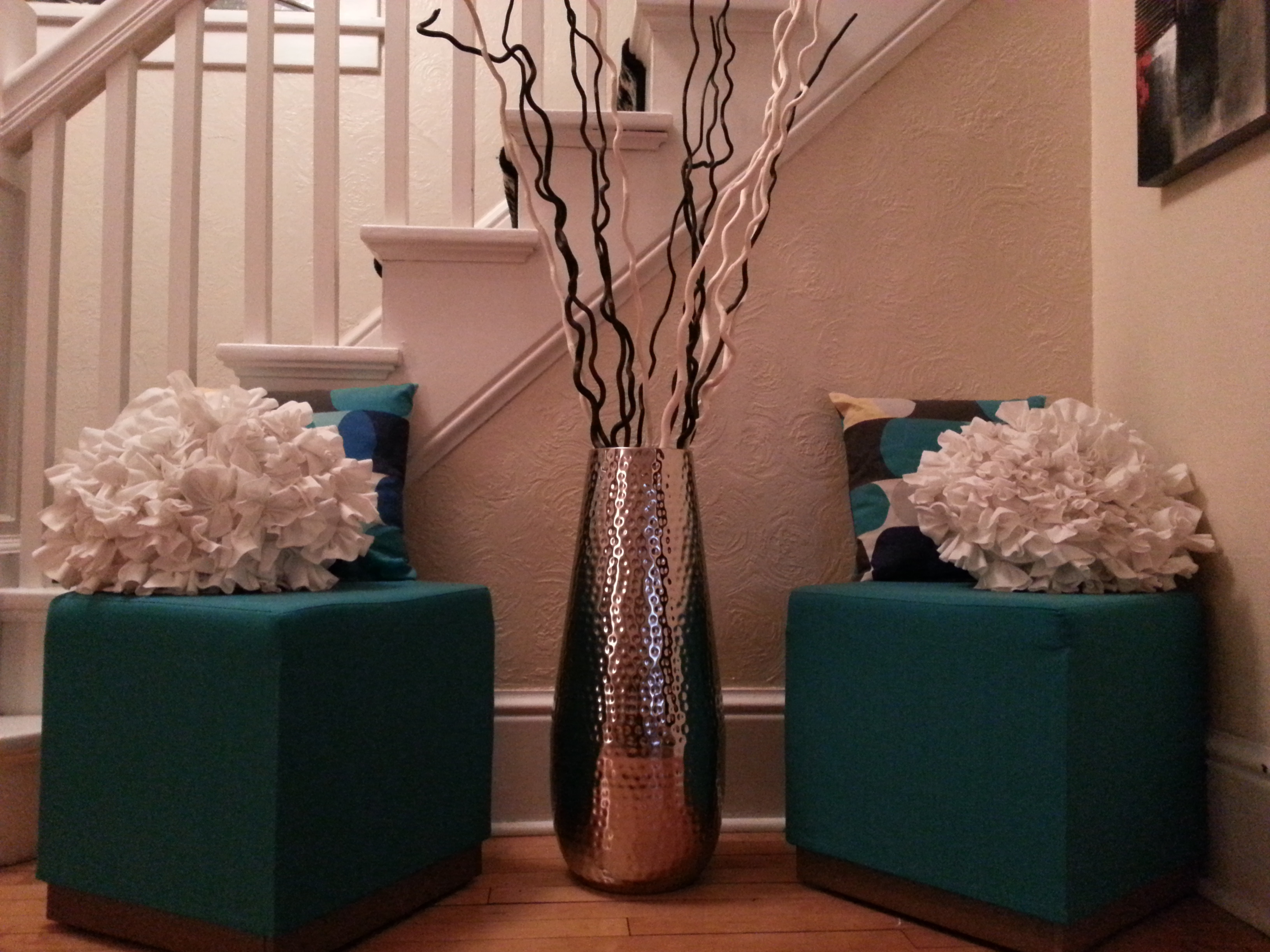When it comes to designing a restaurant kitchen, there are many factors to consider in order to create a space that is both functional and visually appealing. The layout and design of a restaurant kitchen can greatly impact the efficiency and success of a restaurant. In this article, we will explore the top 10 design considerations for creating a well-designed restaurant kitchen.Layout and Design Considerations for a Restaurant Kitchen
Efficiency is key when it comes to designing a restaurant kitchen. The layout should be carefully planned to minimize movement and maximize productivity. This means considering the flow of traffic, the placement of equipment, and the organization of workstations. By optimizing the layout, you can ensure that your kitchen staff can work quickly and efficiently, resulting in faster service and happier customers.How to Efficiently Design a Restaurant Kitchen
There are several key elements that should be taken into account when designing a restaurant kitchen. These include the size and shape of the space, the type of cuisine being served, the number of staff members, and the volume of customers. It's important to carefully consider these factors in order to create a kitchen that meets the specific needs of your restaurant.Key Elements to Consider When Designing a Restaurant Kitchen
Space is often limited in restaurant kitchens, so it's important to make the most of every inch. This can be achieved by using space-saving equipment, such as stackable appliances, and optimizing the layout to minimize wasted space. Additionally, consider incorporating multi-functional equipment and utilizing vertical storage to maximize the use of space.Maximizing Space in a Restaurant Kitchen Design
While functionality is the top priority in a restaurant kitchen, aesthetics should not be overlooked. A well-designed and visually appealing kitchen can enhance the overall dining experience for customers. This can be achieved by incorporating elements such as proper lighting, pleasing color schemes, and incorporating design features that align with the theme or concept of the restaurant.Creating a Functional and Aesthetic Restaurant Kitchen Design
The layout and design of a restaurant kitchen directly impact the workflow of the staff. By carefully planning the placement of equipment and workstations, you can create a smooth and efficient workflow that allows for seamless communication and collaboration between kitchen staff. This can greatly improve the overall efficiency and productivity of the kitchen.Designing a Restaurant Kitchen for Optimal Workflow
The equipment chosen for a restaurant kitchen should be carefully selected based on the specific needs of the restaurant. This includes considering the menu items and volume of customers served. It's important to choose high-quality, durable equipment that can withstand the demands of a busy kitchen. Additionally, consider investing in energy-efficient equipment to save on utility costs in the long run.Choosing the Right Equipment for Your Restaurant Kitchen Design
Safety and sanitation are of utmost importance in a restaurant kitchen. When designing the space, it's important to consider proper ventilation, fire safety measures, and easy-to-clean surfaces. Additionally, incorporating features such as hand-washing stations and designated areas for food prep can help to maintain a high level of sanitation in the kitchen.Designing a Restaurant Kitchen for Safety and Sanitation
Technology has become an integral part of many restaurant kitchens, helping to streamline operations and improve efficiency. Consider incorporating technology such as touch screen displays, kitchen management systems, and energy-saving appliances into your restaurant kitchen design. Not only can this help to improve workflow, but it can also impress customers and enhance their dining experience.Incorporating Technology into Your Restaurant Kitchen Design
Designing a restaurant kitchen can be a costly endeavor, but it doesn't have to break the bank. By carefully planning and prioritizing the most essential elements, you can create a functional and aesthetically pleasing kitchen on a budget. Consider purchasing used equipment, utilizing cost-effective design elements, and exploring financing options to help keep costs down. In conclusion, designing a restaurant kitchen requires careful consideration of layout, equipment, aesthetics, and functionality. By taking into account these top 10 design considerations, you can create a well-designed kitchen that meets the needs of your restaurant and sets you up for success.Designing a Restaurant Kitchen on a Budget
Creating an Efficient Restaurant Kitchen Design

Optimizing Space and Workflow
 When it comes to designing a restaurant kitchen, one of the most important factors to consider is space. A well-designed kitchen should be able to accommodate all the necessary equipment and allow for efficient movement of staff.
Maximizing space utilization
is crucial in creating a
functional and practical
kitchen layout.
Efficient workflow
is also a key consideration in kitchen design. The layout should be
strategically planned
to minimize the distance between different workstations, such as the cooking area, prep station, and storage. This not only saves time and energy for the kitchen staff, but also improves overall productivity.
When it comes to designing a restaurant kitchen, one of the most important factors to consider is space. A well-designed kitchen should be able to accommodate all the necessary equipment and allow for efficient movement of staff.
Maximizing space utilization
is crucial in creating a
functional and practical
kitchen layout.
Efficient workflow
is also a key consideration in kitchen design. The layout should be
strategically planned
to minimize the distance between different workstations, such as the cooking area, prep station, and storage. This not only saves time and energy for the kitchen staff, but also improves overall productivity.
Ensuring Safety and Sanitation
 Apart from functionality and efficiency, a well-designed restaurant kitchen should also prioritize safety and sanitation.
Proper ventilation and lighting
are essential in keeping the kitchen clean and free from potential hazards.
Non-slip flooring
and
fire-resistant materials
should also be utilized to prevent accidents and comply with safety regulations.
Apart from functionality and efficiency, a well-designed restaurant kitchen should also prioritize safety and sanitation.
Proper ventilation and lighting
are essential in keeping the kitchen clean and free from potential hazards.
Non-slip flooring
and
fire-resistant materials
should also be utilized to prevent accidents and comply with safety regulations.
Incorporating Quality Equipment and Materials
 The equipment and materials used in a restaurant kitchen play a crucial role in its design and functionality.
Investing in high-quality, durable equipment
not only ensures efficient operations but also reduces maintenance costs in the long run. Similarly, using
quality materials
for countertops, flooring, and other surfaces can make a significant difference in the overall appearance and functionality of the kitchen.
In conclusion, designing a restaurant kitchen requires careful consideration of various factors such as space utilization, workflow, safety, and equipment. A well-designed kitchen that prioritizes these elements can increase efficiency, productivity, and overall success of a restaurant. By incorporating these key elements in the design process, restaurant owners can create a kitchen that is both
functional and aesthetically pleasing
, setting the foundation for a successful dining experience.
The equipment and materials used in a restaurant kitchen play a crucial role in its design and functionality.
Investing in high-quality, durable equipment
not only ensures efficient operations but also reduces maintenance costs in the long run. Similarly, using
quality materials
for countertops, flooring, and other surfaces can make a significant difference in the overall appearance and functionality of the kitchen.
In conclusion, designing a restaurant kitchen requires careful consideration of various factors such as space utilization, workflow, safety, and equipment. A well-designed kitchen that prioritizes these elements can increase efficiency, productivity, and overall success of a restaurant. By incorporating these key elements in the design process, restaurant owners can create a kitchen that is both
functional and aesthetically pleasing
, setting the foundation for a successful dining experience.





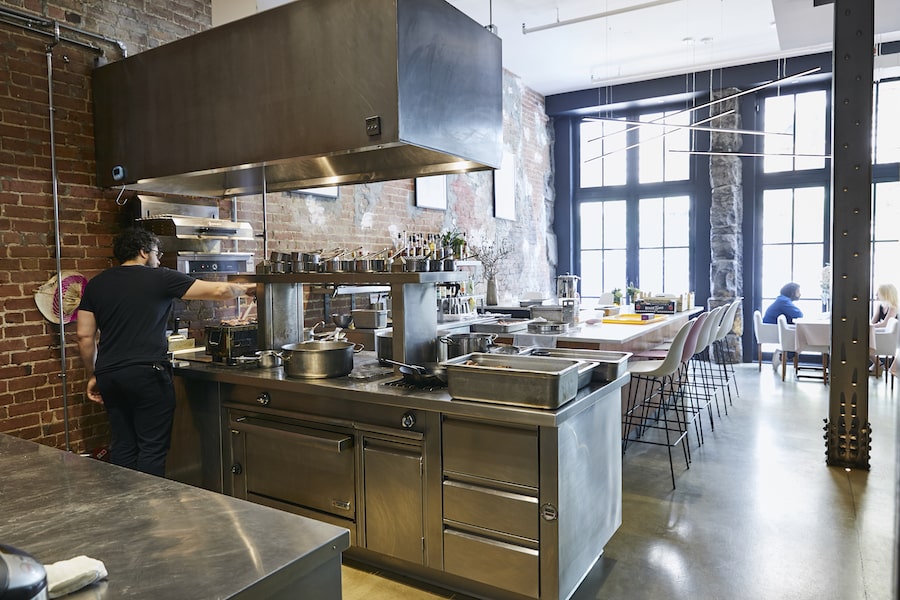




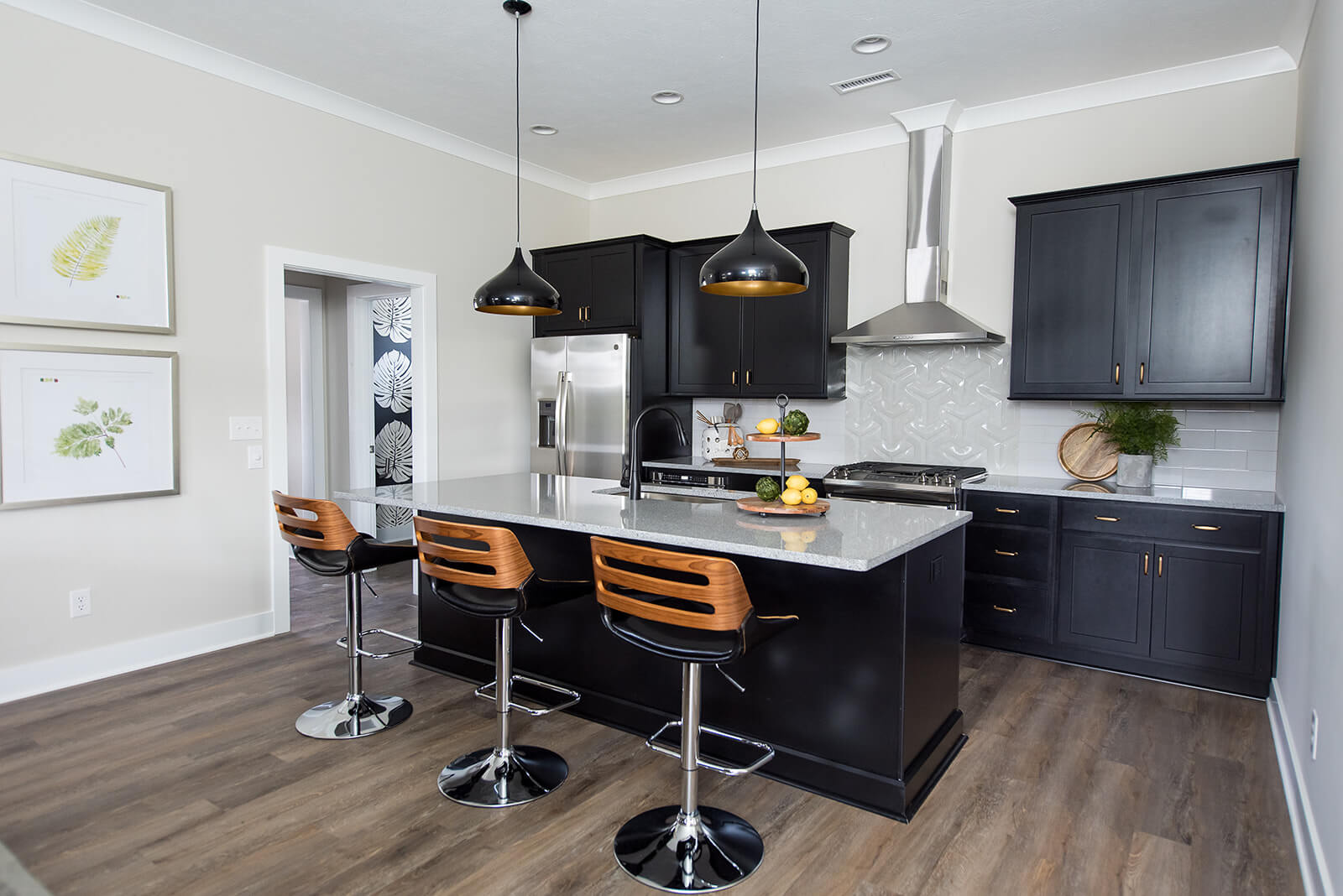
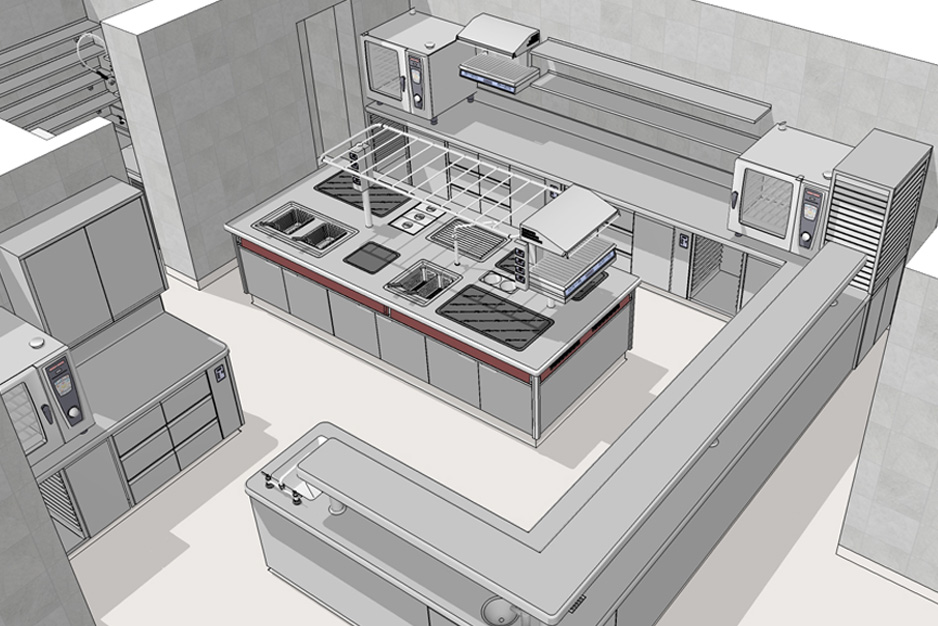


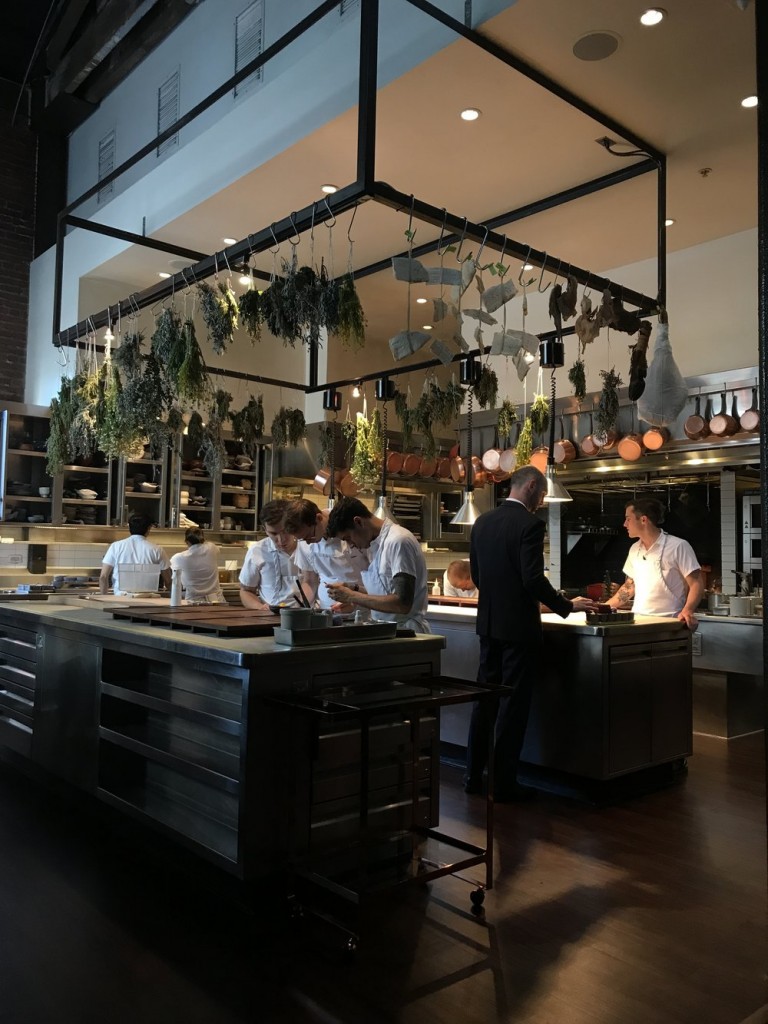

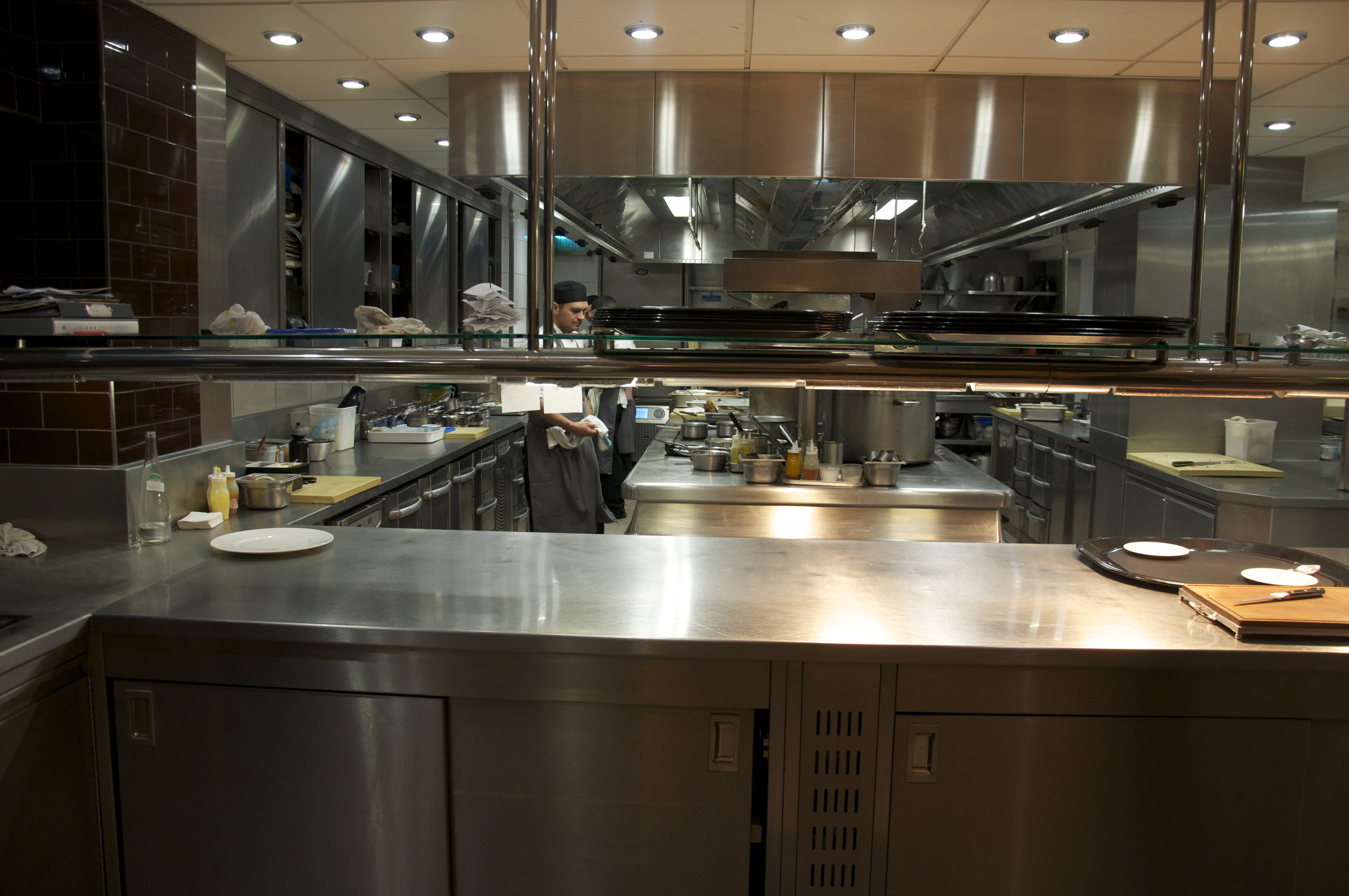



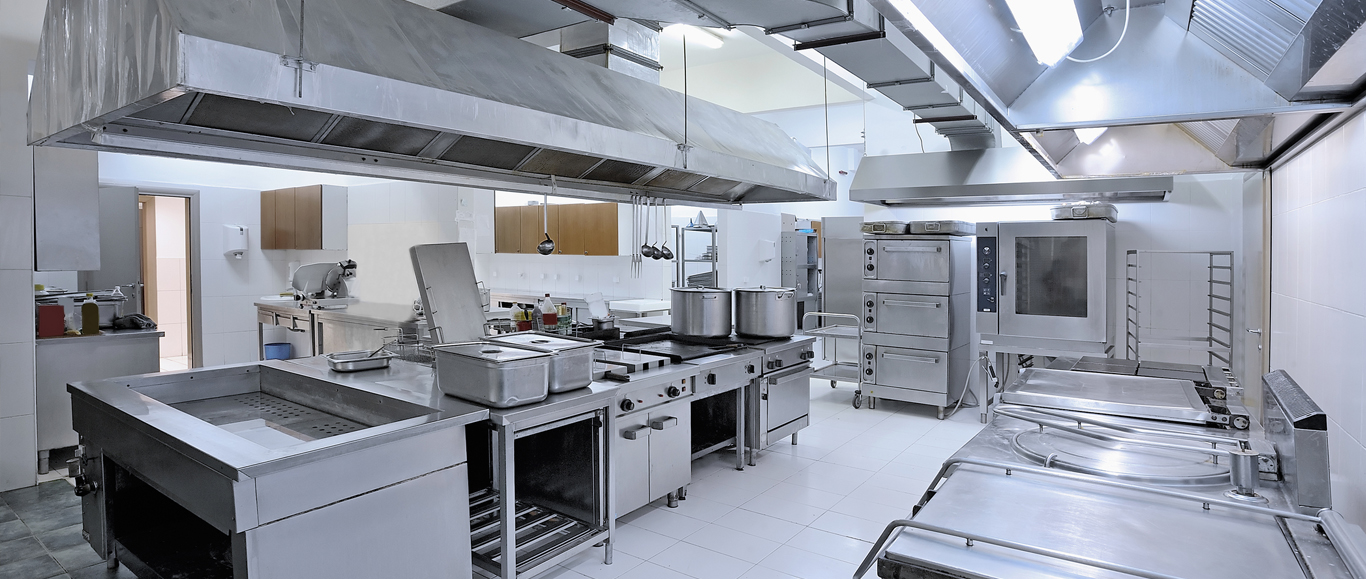


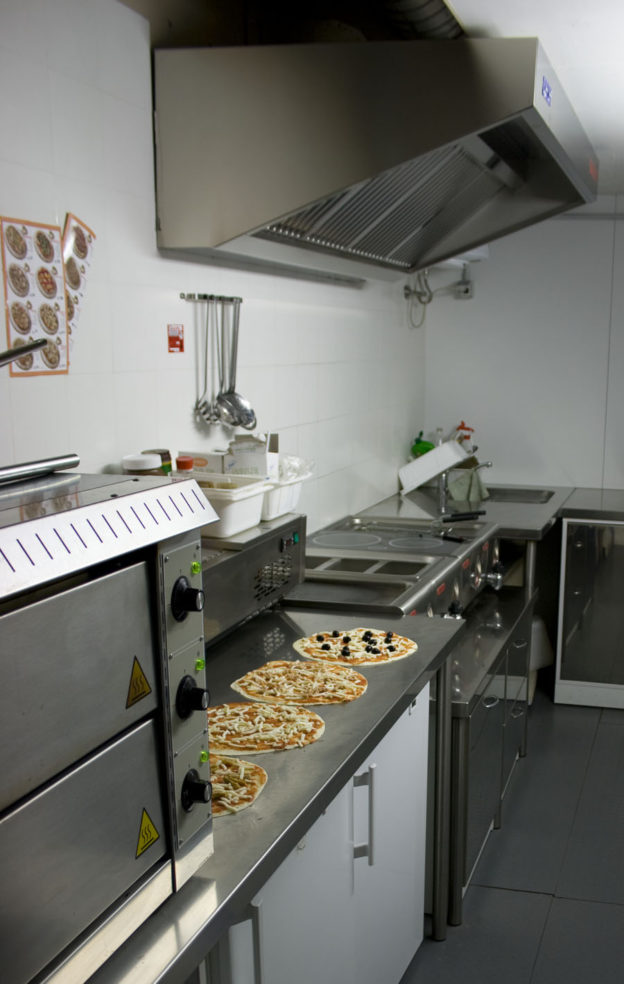

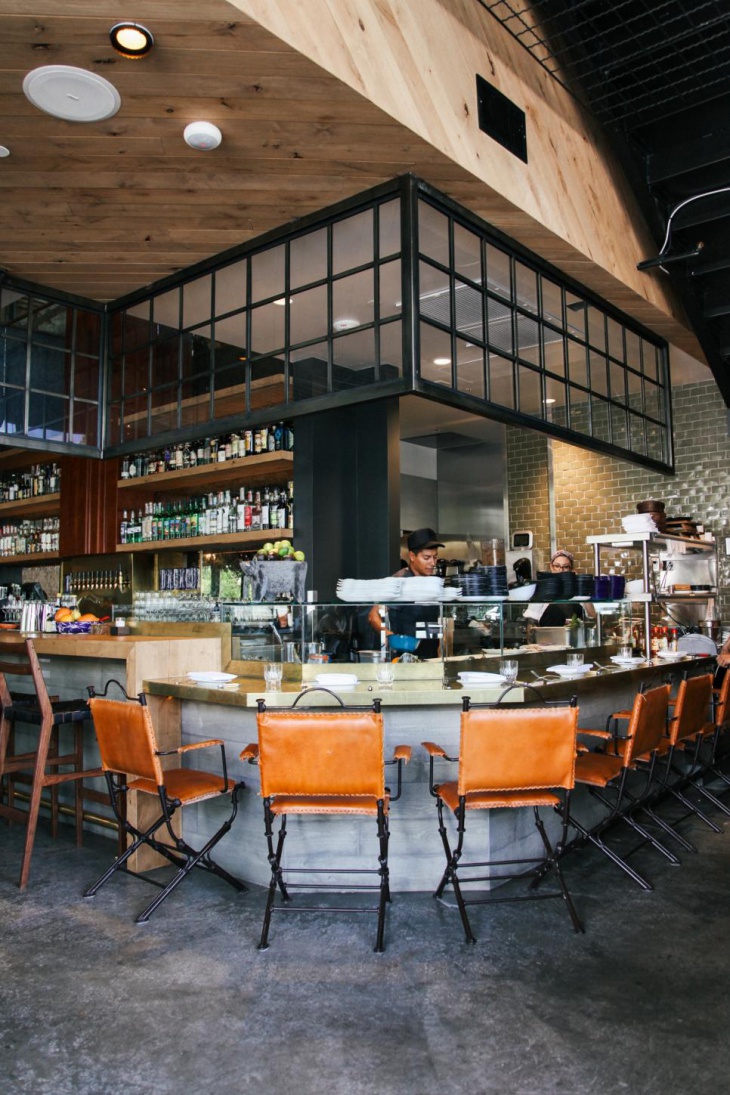
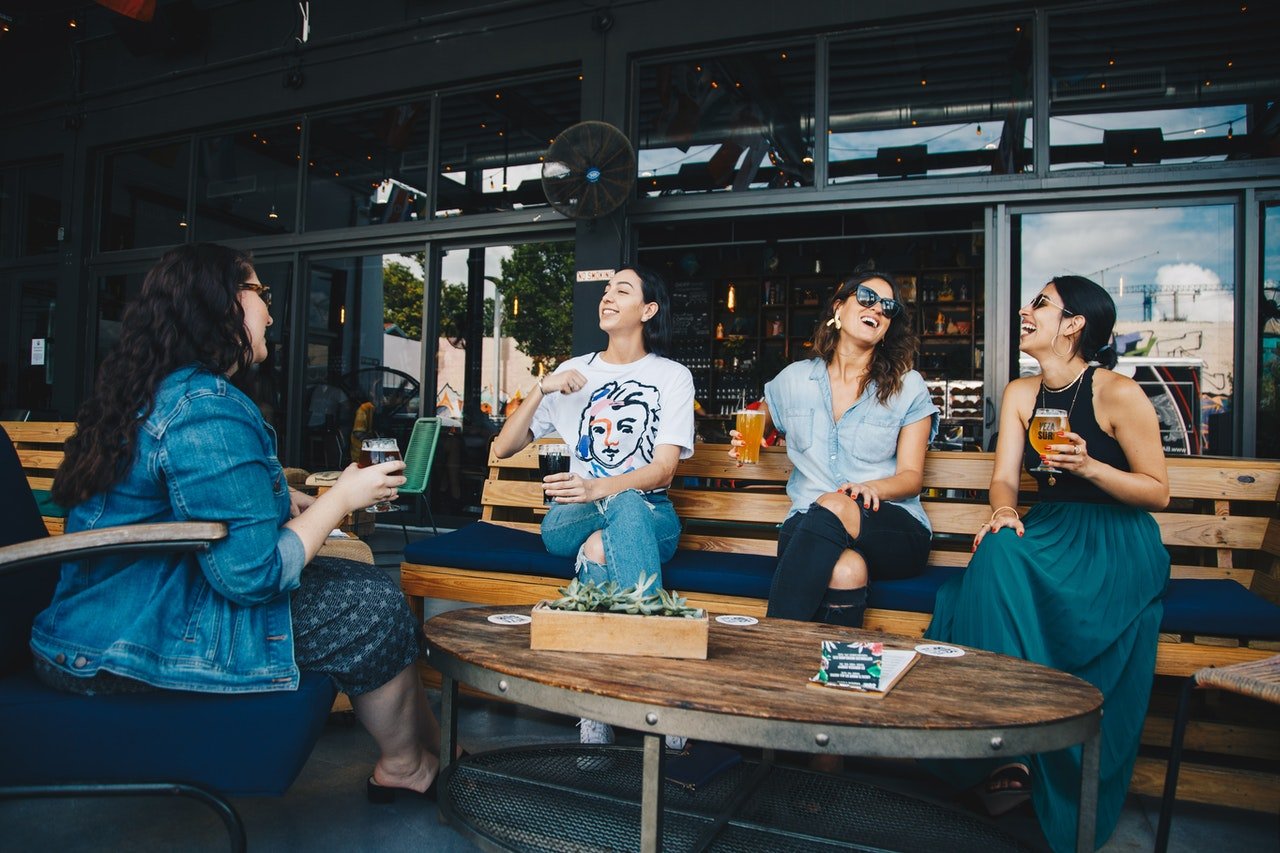

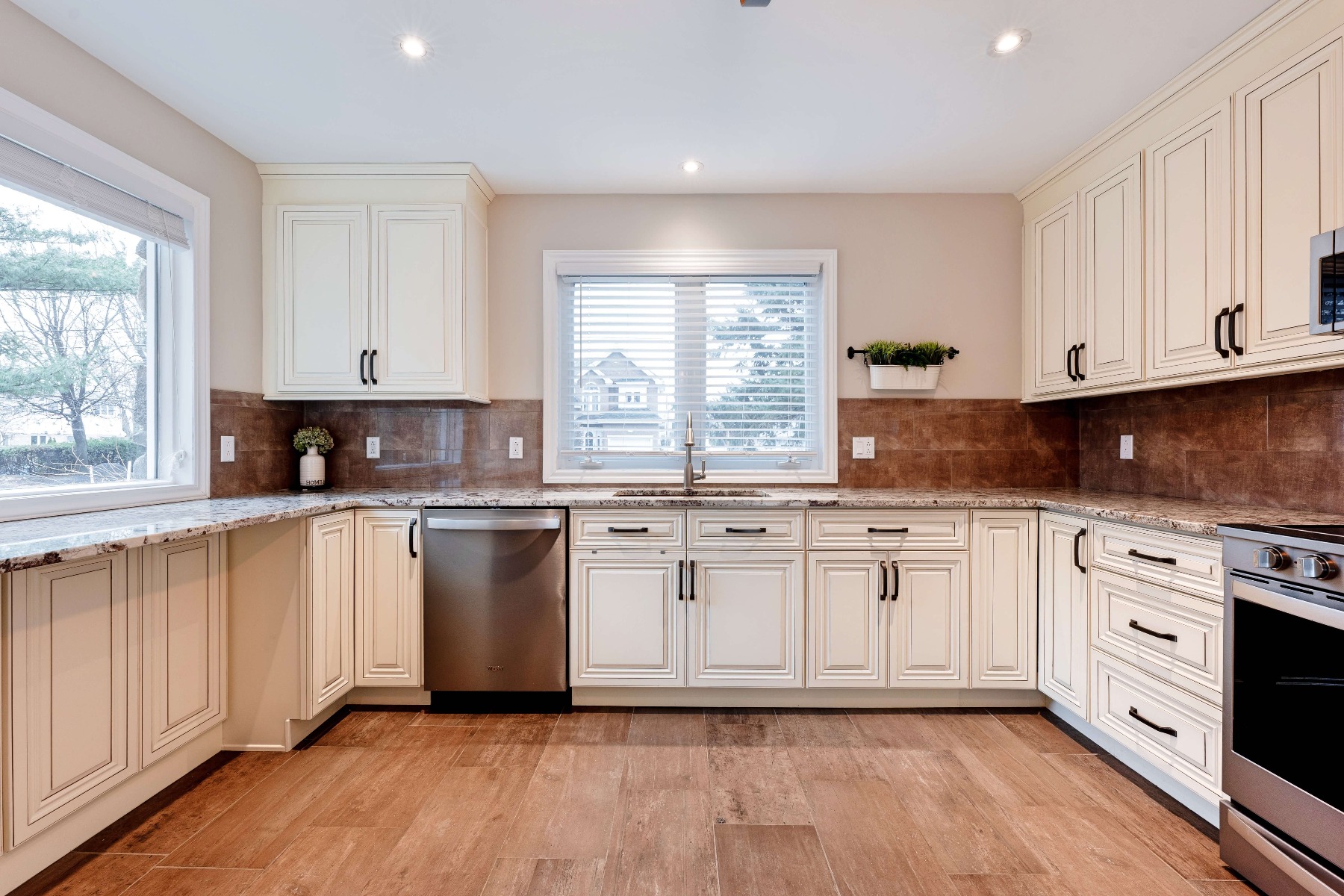








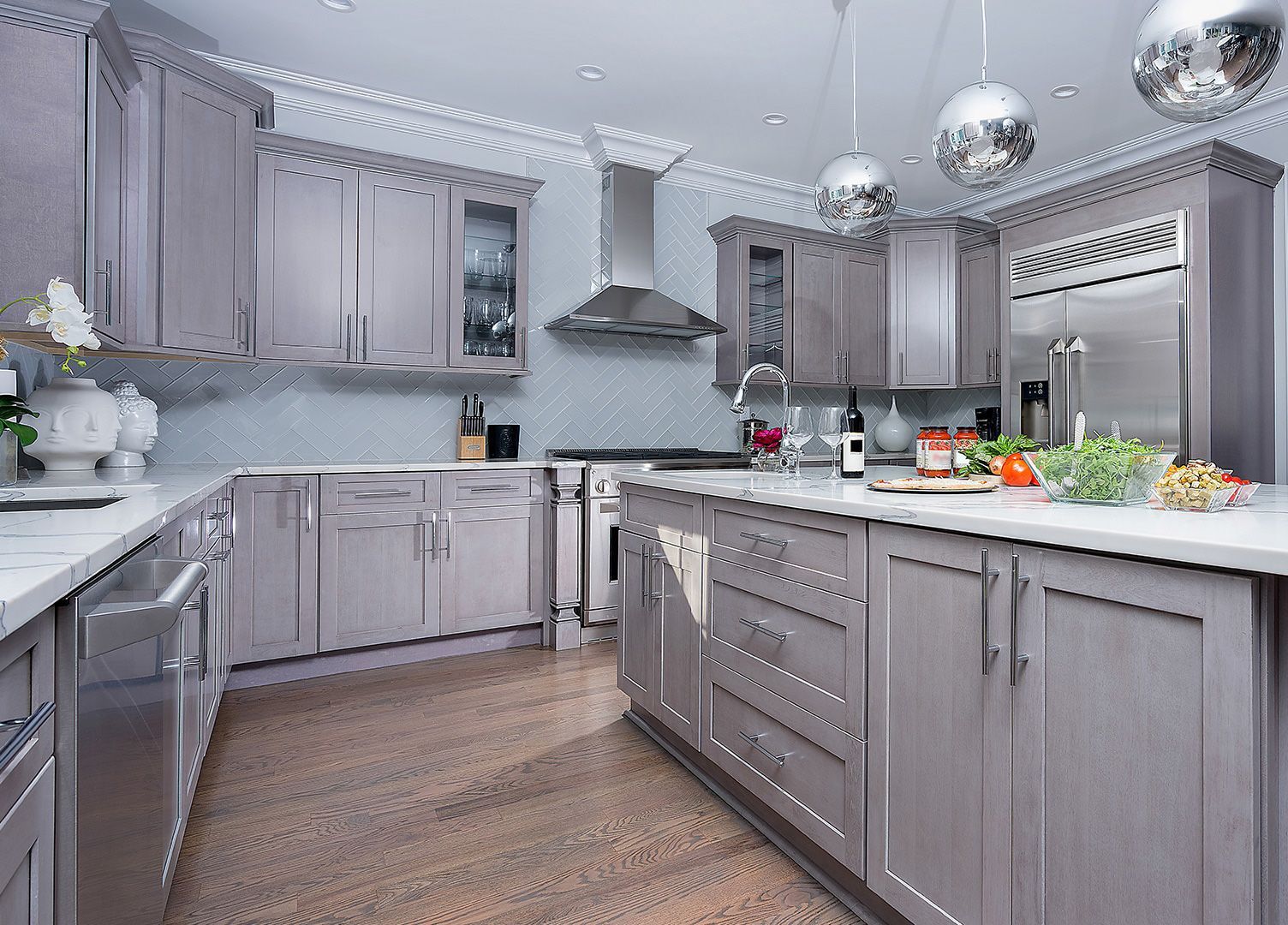




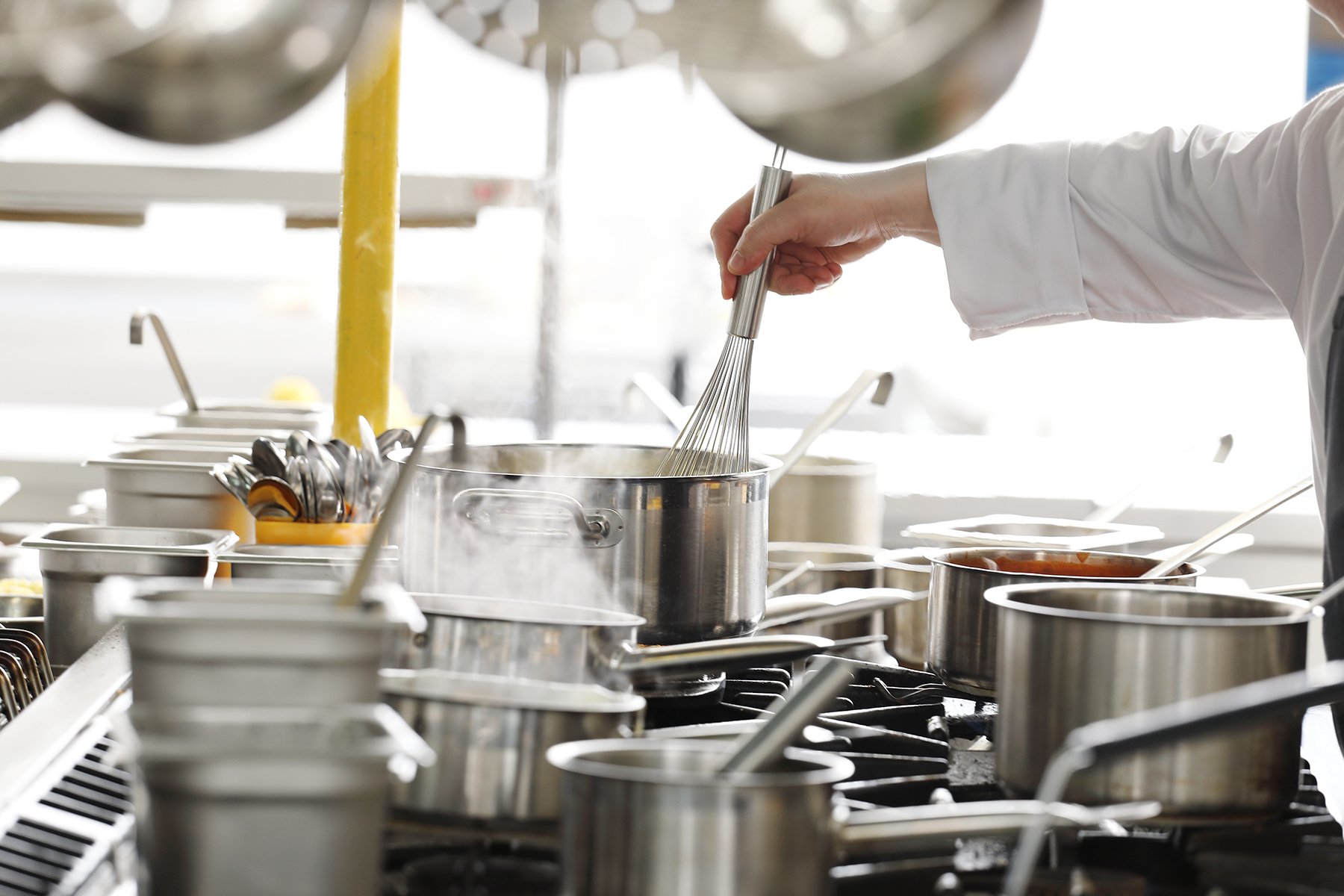




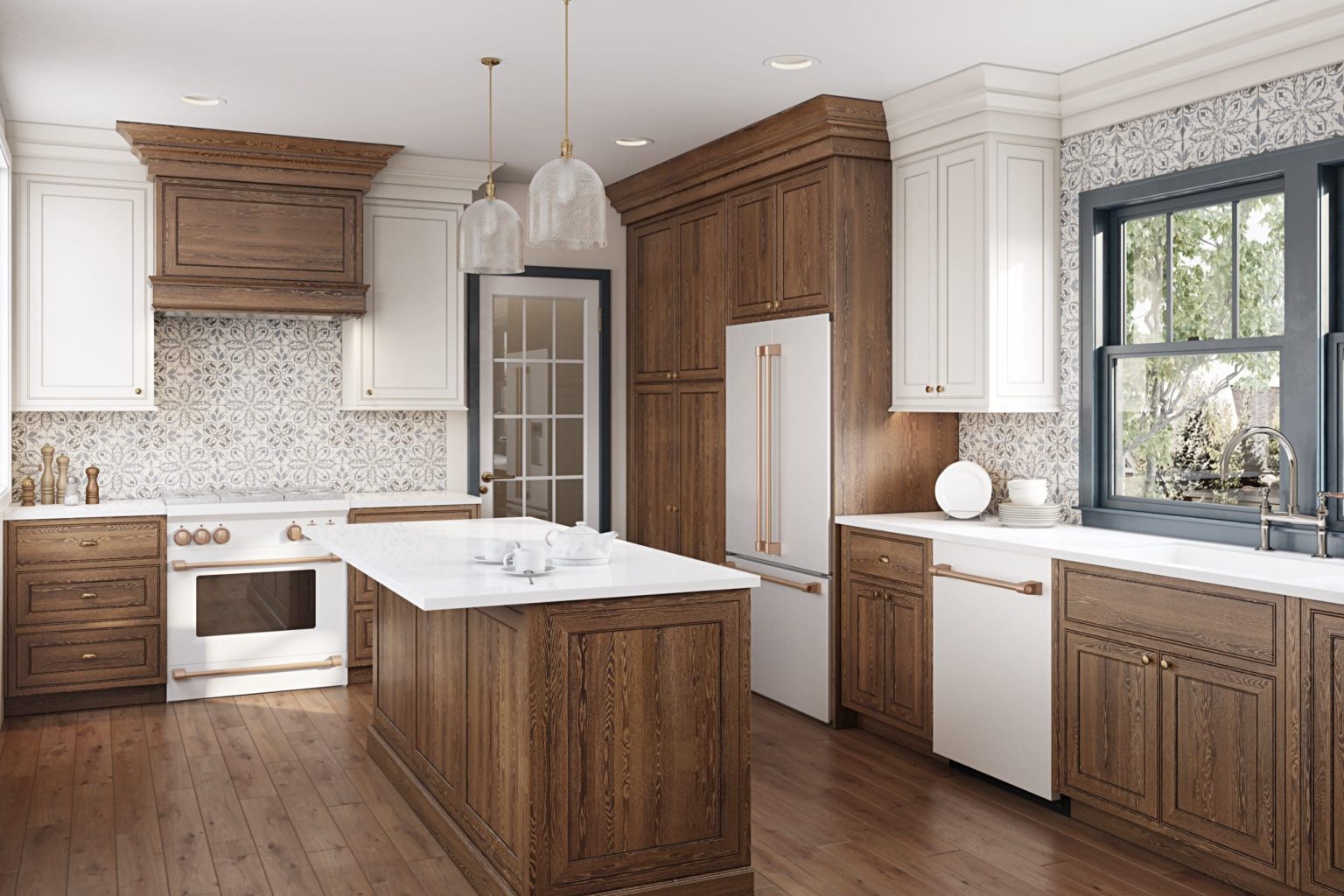
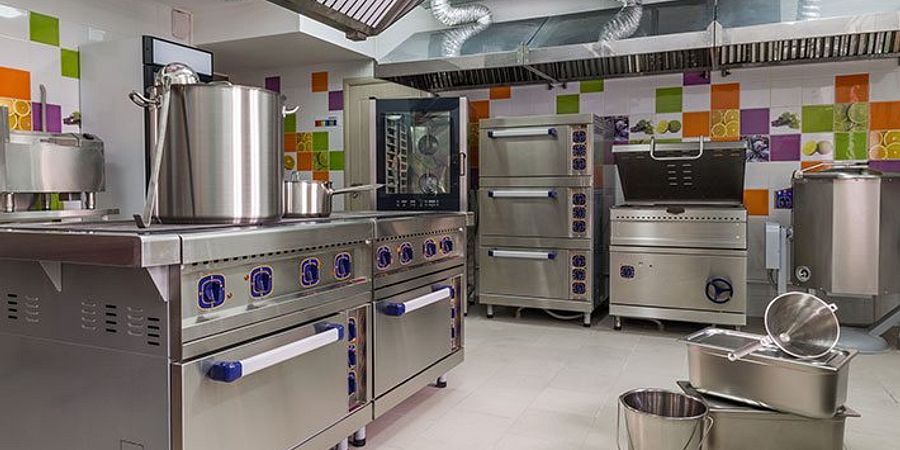


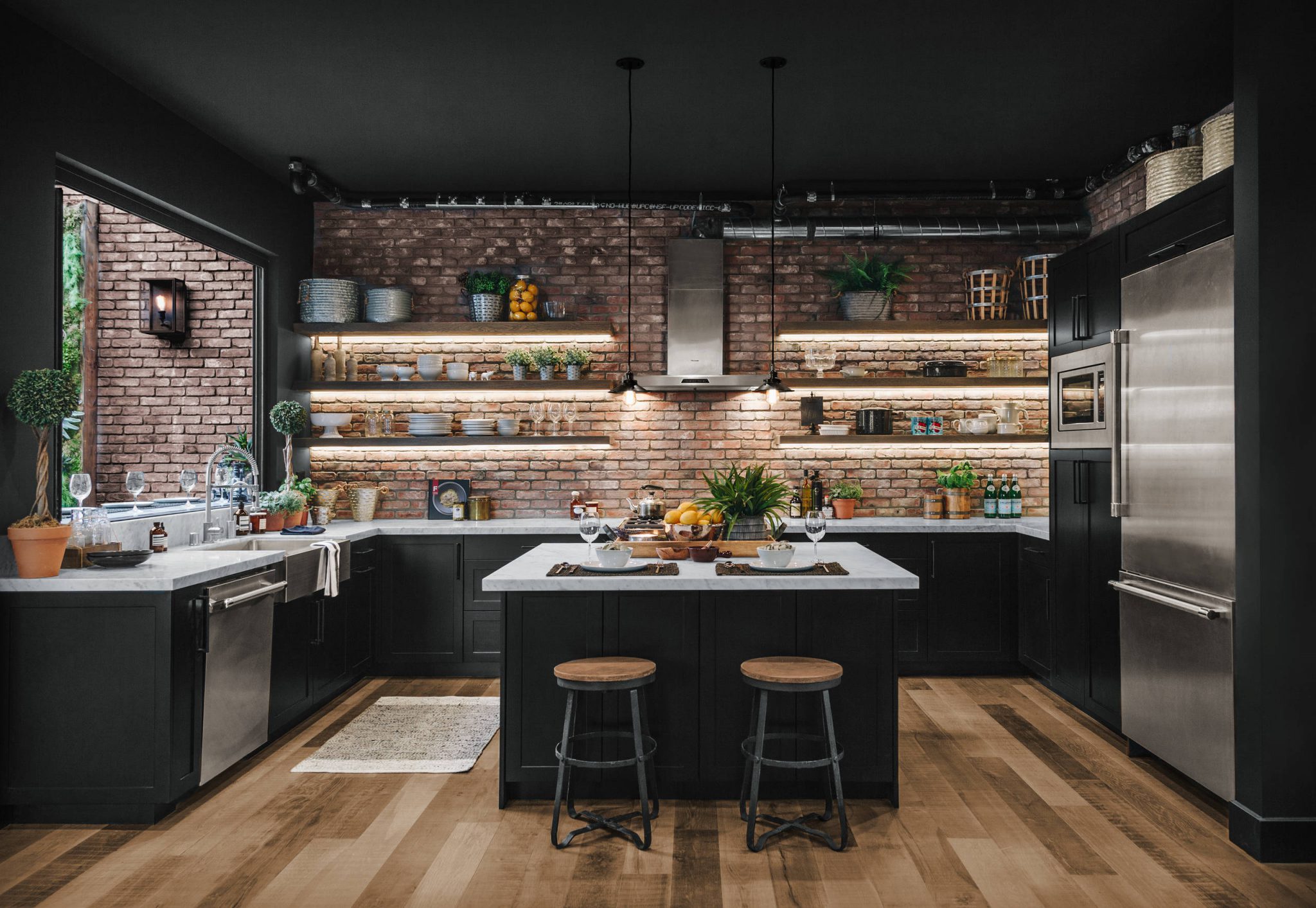


.jpg?itok=HuBRLwAT)
